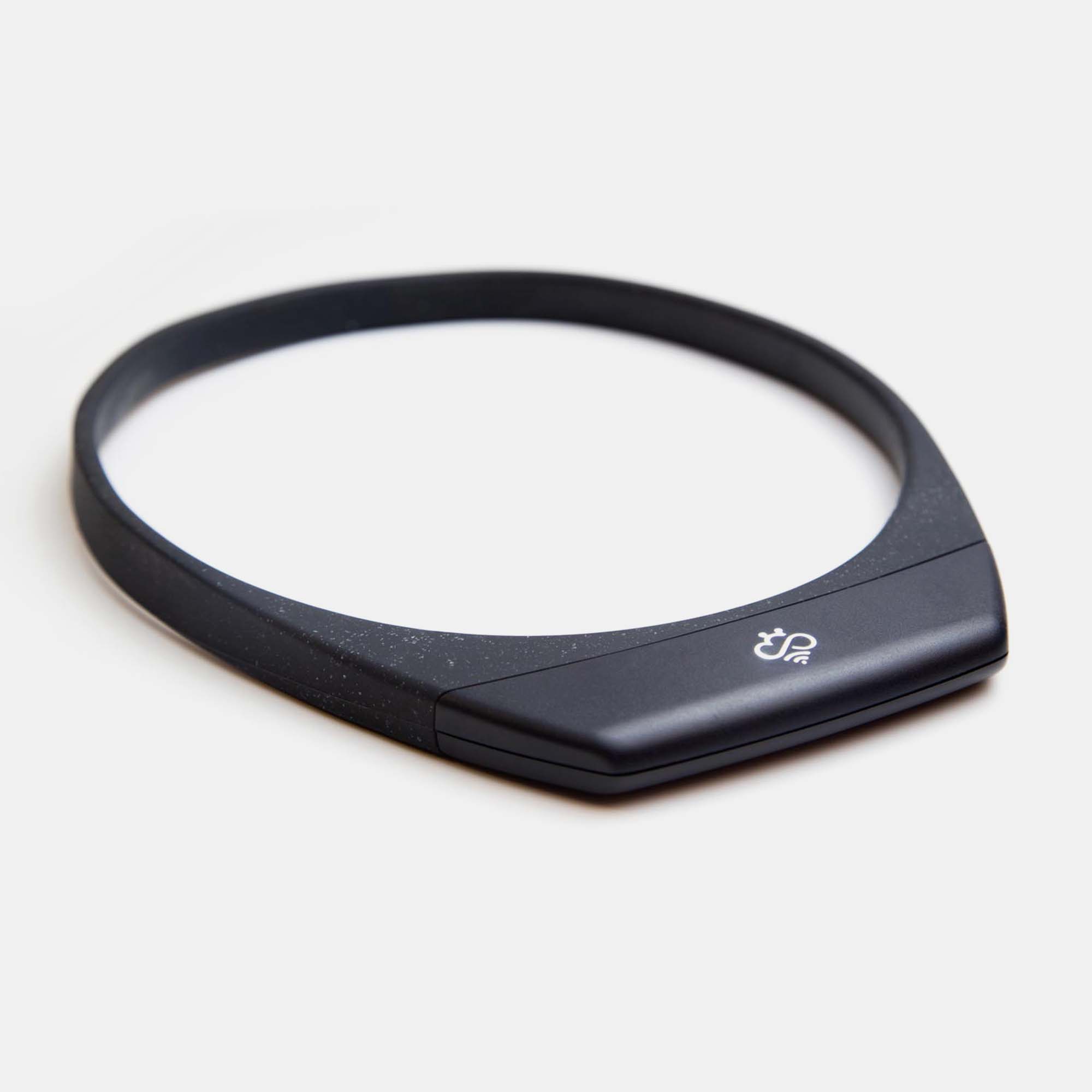Practicing sustainable intermittent fasting
In the not-so-distant past, fasting was mainly limited to the hyperspiritual, those who wanted to “starve the body to feed the spirit.” Now, fasting has hit the mainstream and gone from a spiritual practice to a physical undertaking with the goal of losing weight and improving overall health.
Why has intermittent fasting become so popular? Well, it’s accessible to almost everyone (as long as you’re not pregnant/breastfeeding or suffering from an underlying health condition), people usually find it easier to implement than a traditional diet, and it has shown to be quite effective for most people.
Potential medical benefits of intermittent fasting include:
- Weight loss
- Lower blood insulin levels
- Reversal of type 2 diabetes
- Increased fat burning
- Reduction of inflammation
- Improved blood cholesterol
- Increased energy
- Improved concentration and mental clarity
- Longer life
- Activation of cellular cleansing
Before you start freaking out at the idea of going without food for extended periods, let me make something clear. Intermittent fasting typically involves fasting for only 16 hours a day. If you sleep for 8 hours, you’re only awake for half of that time. Doesn’t sound so bad, right?
The average intermittent faster is nothing like these Japanese Buddhist monks, who fast from food, drink, and sleep (!) for 9 days, or Angus Barbieri, who holds the world record for the longest fast ever, having spent 392 days only drinking tea, coffee, and water along with vitamins.
That being said, intermittent fasting is not a walk in the park, either. Especially for beginners. It takes time for your body to adjust to a new fasting routine, particularly if you don’t have much experience fasting. Make sure you avoid these mistakes so that you can maintain your intermittent fasting regimen as long as it takes to meet your goals.
1. Believing the myths about intermittent fasting
Before you start your intermittent fasting journey, it’s important to make sure you aren’t unintentionally buying into these common myths about intermittent fasting. Setting aside these myths will allow you to have more confidence in the decision you’ve made for your health.
Myth #1: Intermittent fasting will put you in starvation mode
This might be the most widely-held myth when it comes to fasting. The concern is that fasting will put your body in starvation mode, which would shut down your metabolism and stop your body from burning fat. On the contrary, studies show that short-term fasting (like intermittent fasting) actually increases your metabolic rate.
Myth #2: Breakfast is the most important meal of the day
We’ve all been reprimanded by Grandma for skipping breakfast. Supposedly, breakfast has tons of benefits, including weight loss and increased metabolism. But is that really true? This study found that breakfast eaters burn the same amount of calories as breakfast skippers. If you choose to have your intermittent fasting window include skipping breakfast, you won’t suffer from whatever Grandma was worried about.
Myth #3: Intermittent fasting causes muscle loss
Lots of people think that fasting will cause your body to burn muscle for fuel. While this can happen with any kind of diet, research shows that intermittent fasting is better for maintaining muscle mass than calorie-restrictive diets. That means you’re likely to have a lower body fat percentage with intermittent fasting.
2. Choosing a type of intermittent fast that is beyond your ability
There are several different styles of intermittent fasting, and the one you choose should suit your lifestyle and your level of experience.
20:4 intermittent fasting
This method is one of the more extreme ones and might not be the best for beginners. It involves fasting for 20 hours and eating in a 4-hour window each day. Trying to eat a lot in such a small window can give you a stomachache if you’re not experienced.
16:8 intermittent fasting
This is the most common way to intermittent fast, and it’s definitely doable for those new to the fasting world. It consists of fasting for 16 hours and eating for 8 hours every day. This allows you to have two meals in your feeding window so it’s easier to get all of the calories you need.
It’s very easy to adjust your fasting time to suit your schedule. Most people choose to have their fasting window start after dinner and last until lunchtime the next day. Depending on your schedule, you might want to skip dinner instead and have your feeding window in the morning and early afternoon. If you’re unsure, try both and see which one works better for your schedule and your body.
14:10 intermittent fasting
Even easier to follow than 16:8, this is a good place to start if you’re totally new to the intermittent fasting world and you’re a little apprehensive. Because you fast for 14 hours and eat in a 10-hour window, it’s not very different from a normal schedule of not eating for 12 hours at night (like from 8pm to 8am).
Some experts recommend 14:10 for women since intermittent fasting can affect women’s bodies in certain ways, such as causing them to miss cycles. That’s not to say that women can’t do 16:8, but they might want to start here and gradually work up to that if they don’t have problems.
5:2 intermittent fasting
This type of intermittent fasting is a little bit different in that it requires five days of eating normally and two non-consecutive days of “fasting” (in this case, eating only 500 calories for the whole day). You can spread out your 500 calories throughout the day or eat them all in one meal. This might be easier for you to maintain if your schedule doesn’t allow you to intermittent fast on a daily basis for whatever reason.
3. Jumping right in and powering through whatever happens
As with all big life changes, it’s unwise to dive in headfirst rather than gently wading in. If you go straight to a 16:8 intermittent fast when your body is used to eating constantly, you might have side effects from such a rapid change. It’s better to gradually work up to a 16:8 intermittent fast.
If you typically eat breakfast at 8am, you can push it to 9am the first morning, 10am the following morning, and so on until you are ready to skip breakfast altogether. If you’re used to having a midnight snack, make it earlier and earlier until you no longer take it. It’s important to give your body a chance to adjust to this new reality.
There are some side effects that you need to be wary of. If you experience extreme headaches, dizziness, anxiety, irritability, chills, or fatigue, you may need to break your fast. Don’t just stubbornly push through. Your body is trying to tell you something.
Intermittent fasting isn’t for everyone. If you have these symptoms on a regular basis, you may need to look into an alternative way to meet your health goals. There’s nothing wrong with making a safe choice for your body.
4. Mismanaging your hunger
Many people have a fear of hunger. When they feel a pang of hunger, they worry it will continue to build until it’s completely unbearable. That’s actually not the case, however. Hunger comes in waves. If you feel a wave of hunger, try drinking some water or tea. The hunger should pass. Once your body gets used to intermittent fasting, you’ll barely feel any hunger.
When you feel hungry, ask yourself this question: am I hungry or bored? Because we’re so used to snacking whenever we feel bored, we often confuse these two sensations. If you discover that you’re actually bored instead of hungry, do something to distract yourself.
Another way to properly manage your hunger is to eat the right things during your feeding window. Add some healthy fats such as avocado, coconut oil, and nut butter into your diet to make you less likely to get hungry during your fasting period. Make sure you’re eating plenty of protein, fiber, and carbs as well.
5. Eating whatever you want during your feeding window
The reason intermittent fasting appeals to so many people is that you don’t need to obsessively count calories or cut out your favorite foods in order to lose weight. But if you squeeze the same amount of food you normally eat throughout the day into your feeding window, you probably won’t lose very much weight. This is because you won’t have a calorie deficit.
Yes, you can technically eat whatever you want during your feeding window…but don’t overdo it. Binging is an unhealthy habit that will probably prevent you from meeting your health goals. Try to eat mostly healthy food in normal portion sizes.
A good strategy is to break your fast gently with some fruit or a salad. An hour later, have a full meal. This will allow your stomach to gradually adjust to the food and prevent you from overeating. Trust me, eating a huge meal to break your fast can give you an awful stomachache.
That being said, you also need to make sure you eat enough. Don’t just eat a hard-boiled egg and an avocado during your feeding window. Your body needs calories to sustain your energy during your next fasting period.
6. Not staying hydrated
This mistake might be the most dangerous one of all. If you don’t drink enough water and other liquids throughout your fasting period (and during your feeding window as well), you could put yourself at risk of severe dehydration and dizziness. Experts recommend you drink at least 2-3 liters of liquids per day.
Remember, drinking water is a great way to ride out the hunger wave. Keep water nearby at all times so you can reach for it whenever you feel hunger or thirst. And yes, you can drink coffee and tea as well.
7. Putting yourself in tricky situations
Don’t make intermittent fasting more difficult than it needs to be. Stay out of the kitchen, don’t go out to a restaurant with your friends, and don’t visit the grocery store during your fasting period. Nobody is superhuman, and being around food constantly can make even the strongest of us start to crave something.
Is your favorite show The Great British Bake Off? You might want to watch something else during your fasting period. If you are responsible for making your kids’ lunches in the morning before school, consider making them the night before when your stomach is full. There’s no need to invite unwanted hunger.
A great way to distract yourself from feeling hungry during your fasting period is to use Hapbee. Turn on Focus to concentrate on work while your stomach is gurgling. Use Sleepy to fall asleep even if you’re hungry at night. And of course, press play on Relax to soothe your body after a long day.
The post 7 Mistakes to Avoid When Starting Intermittent Fasting appeared first on Hapbee - Choose How You Feel.





